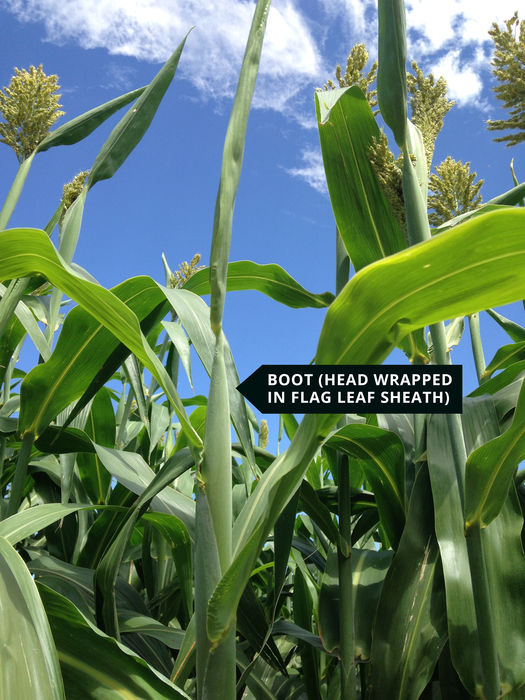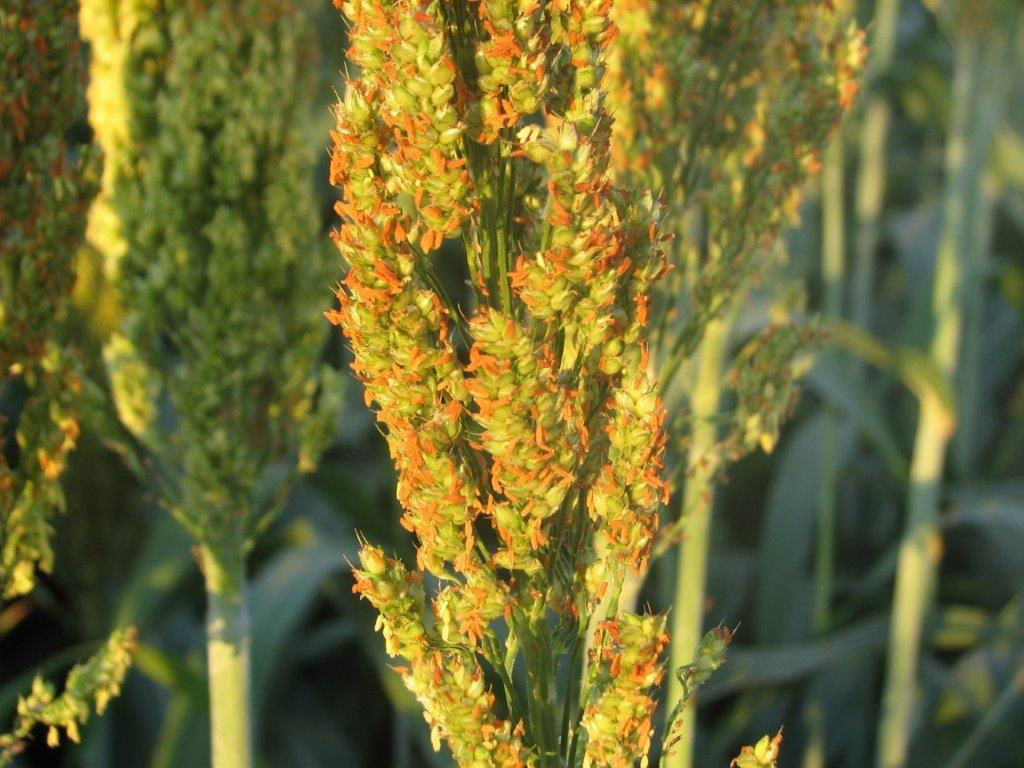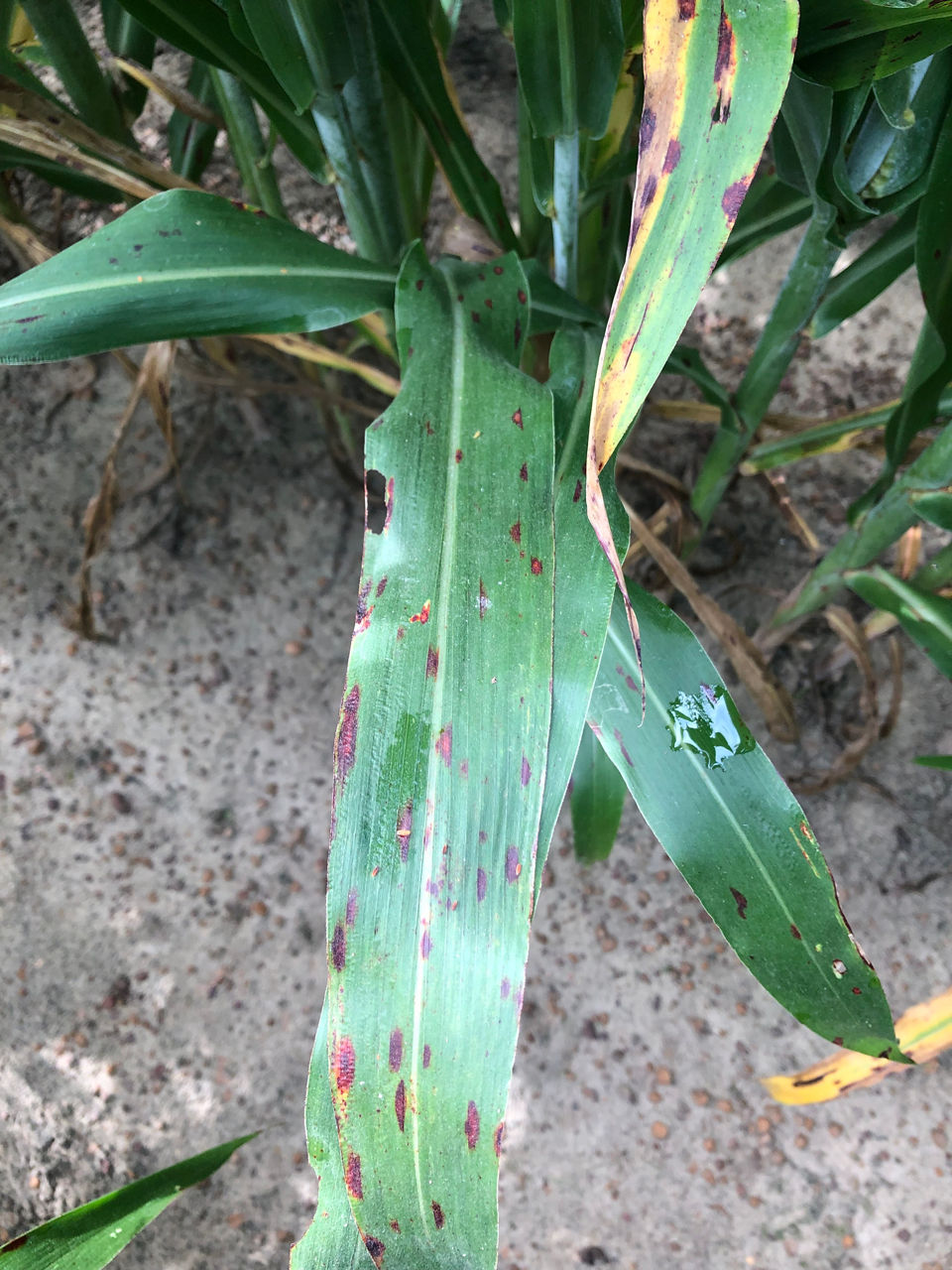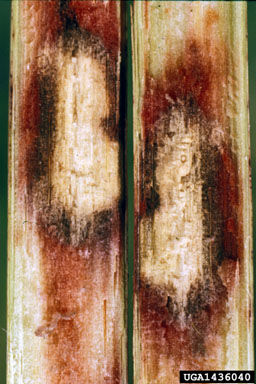Fungicide Use in Grain Sorghum
March 3, 2025
Fungicide use in corn and soybean production is quite common with today’s farming practices. The best management practice for a fungicide application is to use one when a disease is present or when current and forecasted growing conditions are conducive for fungal disease development. Grain sorghum is less often treated with a fungicide because it is mostly grown in drier climates that are not as conducive to fungal disease. However, in the right growing conditions and in higher humidity growing areas, a fungicide application may be recommended.
Considerations for determining if a fungicide is warranted in grain sorghum production.
Like other crops that become infected with a fungal disease, growers should evaluate the current growing conditions for the potential development and spread of fungal disease. Fungal diseases need three basic things for development - a susceptible host, a pathogen, and favorable conditions. Sorghum growers can help reduce the potential for some fungal diseases by planting sorghum products with strong disease tolerance and using management practices that help reduce disease inoculum such as crop rotation and tillage. However, the occurrence of favorable environmental conditions for fungal diseases cannot be controlled. Therefore, a fungicide application may be a consideration because the planting of a grain sorghum product with strong disease tolerance is not always possible because of the need for other product characteristics or product availability.
The likelihood of a fungal disease infection in grain sorghum is potentially much higher during periods of plentiful rainfall, high humidity, and warm temperatures. Therefore, when determining if your crop is at risk for a fungal disease infection, paying close attention to past and predicted environmental conditions is important. If rainfall has been abundant and moisture in the crop canopy is plentiful, a fungicide application may be considered to help mitigate disease risks. Fungicide applications in grain sorghum need to be applied at or before the onset of many of the potential fungal diseases to reap the highest potential benefits. If infection has already occurred, the benefit of a rescue or later applied fungicide may be reduced. Another key factor is the timing of disease development in relation to crop developmental stage. If disease onset occurs at or before flowering, yield loss due to a disease is much more likely to occur than if it shows up later in the season. This is especially true for anthracnose. Fungicide applications most often are recommended between the boot (growth stage 5) (Figure 1) and early flowering stages (growth stage 6) (Figure 2); however, the fungicide label must be followed for application timing.


Fungal Diseases of Grain Sorghum.
Some common foliar fungal diseases in grain sorghum are anthracnose, leaf blight, rust, and sooty stripe. Of these, anthracnose is the most common to be considered for a fungicide application. For the other fungal diseases, they are usually of little economic concern and cultural practices may be effective for management. Bacterial diseases can also infect grain sorghum; however, fungicides are only labeled to control or suppress fungal diseases.
Anthracnose is favored by humid, wet conditions which are less common in many sorghum growing areas. Anthracnose has three phases which are foliar, grain, and stalk rot. The foliar phase includes small circular or elongated spots or lesions with gray- or straw-colored centers and margins that may range from red to a dark purple (Figure 3). Fungicides are effective when applied to control this disease at infection onset or early spreading. Common fungicide application timing is at or near heading stage. Anthracnose stalk rot can cause major stalk lodging because of pith disintegration (Figure 4).


Sorghum Leaf Blight is less common than anthracnose but on occasion could warrant a fungicide application. The symptoms are long elliptical lesions (cigar shaped) with reddish margins and tan centers. It is most common in humid areas with moderate temperatures.
Sooty stripe is a fungal disease that is best managed with resistant sorghum products. There are fungicides labeled for management but should be applied before disease development. Sooty stripe has elongated elliptical lesions 3 to 5 inches long with tan centers and purple margins. The centers of old lesions appear sooty.
Summary
In summary, fungicide use in grain sorghum is not a common practice because grain sorghum is often grown in drier conditions than corn and soybean. When growing conditions are favorable and disease pathogens are present, a fungicide may be beneficial. Just like any crop, multiple tactics should be used to help mitigate the risks of diseases, such as crop rotation, the planting of sorghum products with strong disease resistance, and the use of fungicides for labeled diseases.
Channel Agronomist
Austin Merz
Source
Martinez, A. 2023. Diseases of sorghum in Georgia: Identification and Control. University of Georgia Extension Publications. Circular 1271. https://extension.uga.edu/publications/detail.html?number=C1271&title=diseases-of-sorghum-in-georgia-identification-and-control
Web site verified 1/21/25 1110_497151